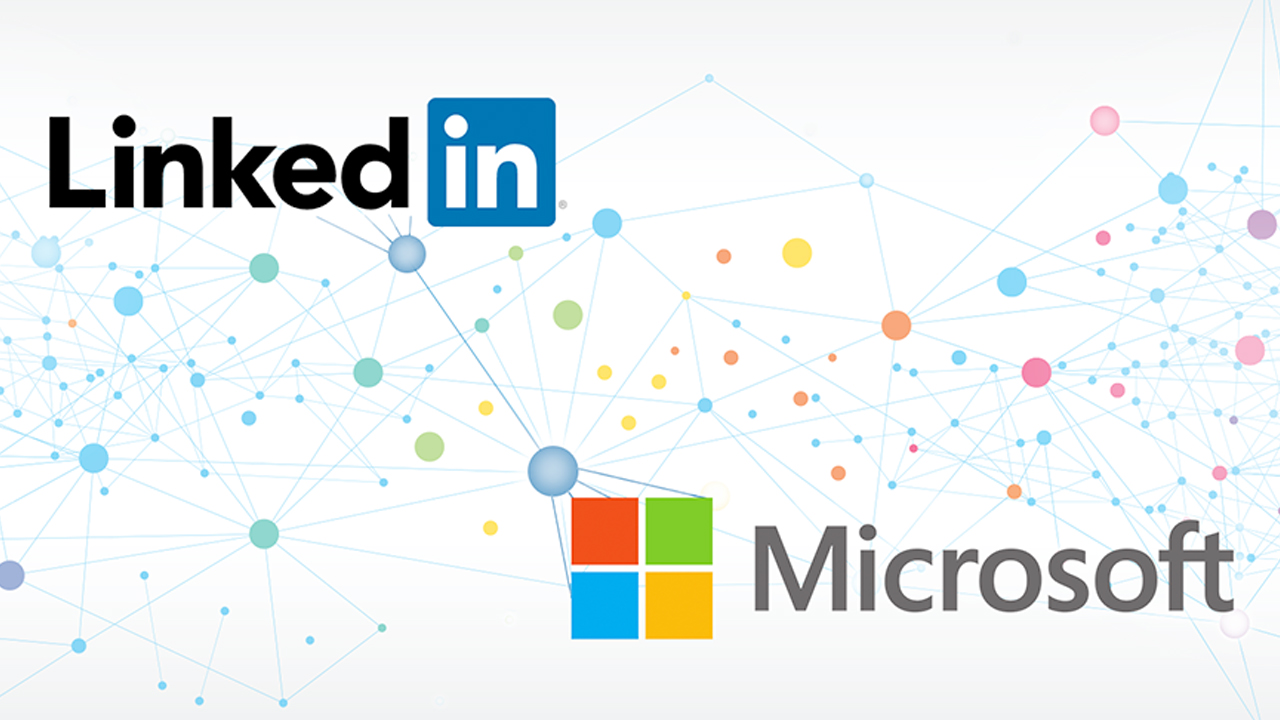LinkedIn Announces Multi-Year Migration to Azure
- Mehedi Hassan
- Jul 23, 2019
-
2
Microsoft’s LinkedIn is finally moving its platform to Microsoft’s cloud. The company today announced a multi-year migration that will involve the service moving its infrastructure to Microsoft Azure. The multi-year migration could take up to three years.
The move comes more than three years after Microsoft acquired LinkedIn for $26.2 billion.
Windows Intelligence In Your Inbox
Sign up for our new free newsletter to get three time-saving tips each Friday — and get free copies of Paul Thurrott's Windows 11 and Windows 10 Field Guides (normally $9.99) as a special welcome gift!
"*" indicates required fields
“Moving to Azure will give us access to a wide array of hardware and software innovations, and unprecedented global scale. This will position us to focus on areas where we can deliver unique value to our members and customers,” said LinkedIn’s SVP of Engineering, Mohak Shroff. LinkedIn will increase its workloads on Azure over time as it looks to make the migration as smooth as possible for its 645 million members without affecting the service’s reliability and performance.
In an interview with VentureBeat, Shroff talked about the migration in greater detail. There are some interesting points in the interview, though the stand out point for me was the fact that Microsoft didn’t really push LinkedIn to move to Azure. According to Shroff, the LinkedIn team was never pitched by the Azure team to move to its cloud, and Microsoft gave the LinkedIn team complete control over the decision. The company even discussed moving to the public cloud for years, though it’s only made the decision to move to the cloud in the last 4/6 months.
Shroff did admit that LinkedIn looked at other cloud services in the past before it was acquired by Microsoft, though that wasn’t the case for the latest round of evaluations that led to the company finally deciding to move to the public cloud. “We’ve considered them in the past. In this instance, we did not. The primary reason for that is, we think of ourselves as a fairly complex use case for the public cloud, and have some custom needs.” he said.
Moving to Azure will mean LinkedIn’s own datacenters will be eventually made redundant, and the company says it’s not certain as to when those datacentes will be shut down. Some of the datacenters may still be used for other purposes, and LinkedIn says it isn’t expecting any layoffs in those datacenters — for the time being, anyway.
